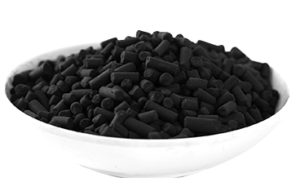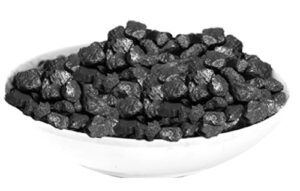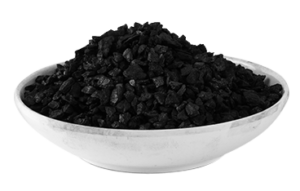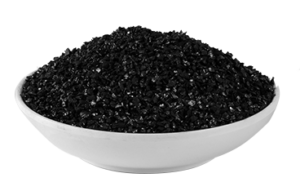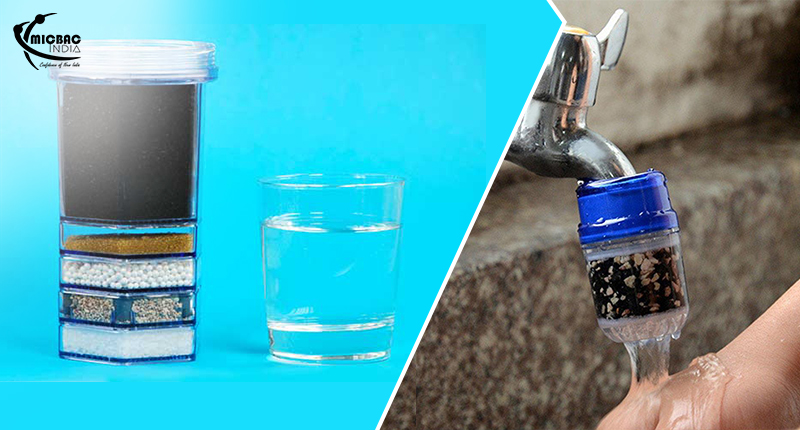Granular activated carbon (GAC) is a mix of different types of graphite platelets which are connected to each other with the aid of non-graphitic carbon bonding. GAC has good adsorptive capacity, which makes it perfect for getting rid of various types of contaminants from gases, air, liquids and water. A product which is environmentally responsible, it is possible to reactivate GAC via thermal oxidation. It can be used for the same purpose for many times. Granular activated carbon has many uses, and carbon filtration systems have to be maintained in a proper way at all times.
How Does Granular activated carbon (GAC) Work?
Granular activated carbon (GAC) expels organic contaminants from gases and liquids in environmental applications as well as industrial processes, via a method called “physical adsorption”. This is manufactured from peat, coconut shells, wood, lignite, sub-bituminous coal, anthracite, bituminous coal, and many other materials that are carbon-rich precursors. Such kinds of materials can be changed to activated carbon by chemical activation or thermal activation methods.
These days, GAC is used frequently for filtering water and removing all kinds of impurities from the same. It can be used alone, but often – you might it being used along with various other types of technologies – for disinfecting water or to obtain water in a type of quality needed. It can, for instance, be seen to be implemented in a special form of treatment process called the Biological Activated Carbon Process, along with ozone. Through thermal oxidation, it is possible to reactivate carbon of this type – so as to make it usable for many times.
How to Maintain Activated Carbon?
In order to maintain carbon filters in a better way, it is advisable that once per year core samples be obtained. This process aims to gather a proper sample from filter core. Then, the GAC may be tested or any residual activity. An iodine number test can be used to determine this. According to historical data, GAC need to be exchanged or reactivated, after the iodine number is in the range of 450 – 550. Once GAC gets packed with contaminants, it may be recycled via a method called Reactivation. The contaminants that GAC adsorbed are expelled by exposing it to very high temperatures. The activated carbon gets back its adsorptive capacity after the removal of the contaminants. It may be used again for the purpose of purification of gaseous and liquid streams. This is a useful substance.



